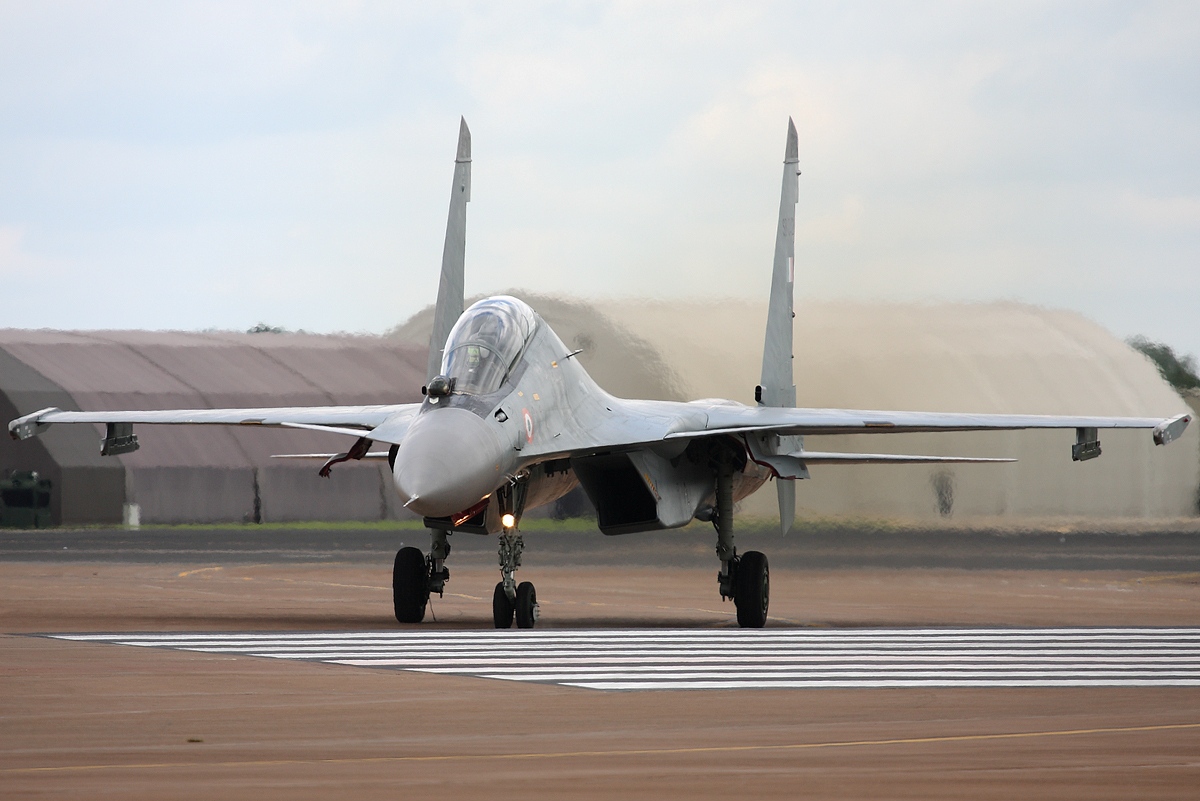SOURCE: RAUNAK KUNDE / NEWS BEAT / IDRW.ORG

Hindustan Aeronautics Limited (HAL) and Bharat Electronics Limited (BEL), the Indian defence giants behind the long-range dual-band infrared search and track (IRST) system for Su-30 MKI fighter jets, are gearing up for crucial trials later in 2024. This indigenous IRST system marks a significant step towards self-reliance in critical defence equipment for the Indian Air Force (IAF).
The IAF plans to equip 84 of its upgraded Su-30MKI aircraft, designated as Super-30 MKI, with this new IRST system. These upgraded jets will undergo a local transformation process led by HAL. Currently, these aircraft rely on Russian-origin IRSTs.
The Defence Acquisition Council’s (DAC) approval for the IRST’s development under the “Make II” category came in May 2018. While the original timeline envisioned induction between 2018 and 2021, the project encountered delays.
he IAF’s specifications for the IRST system are demanding. It needs to offer:
- Long-range IR detection: The system must effectively detect infrared signatures of enemy aircraft at significant distances.
- Wide field of view (FoV): A large FoV allows pilots to scan a broader area for potential threats.
- High-resolution displays: The IRST should provide pilots with clear super narrow infrared (IR) and electro-optical (EO) images for precise target identification.
- Automatic tracking: The system should automatically track air and ground targets, reducing pilot workload.
- 3D localization: An eye-safe laser rangefinder integrated with the IRST will enable accurate 3D target location.
NOTE : Article cannot be reproduced without written permission of idrw.org in any form even for YouTube Videos to avoid Copy right strikes. Websites doing illegal reproductions will get DMCA and Legal Notices.